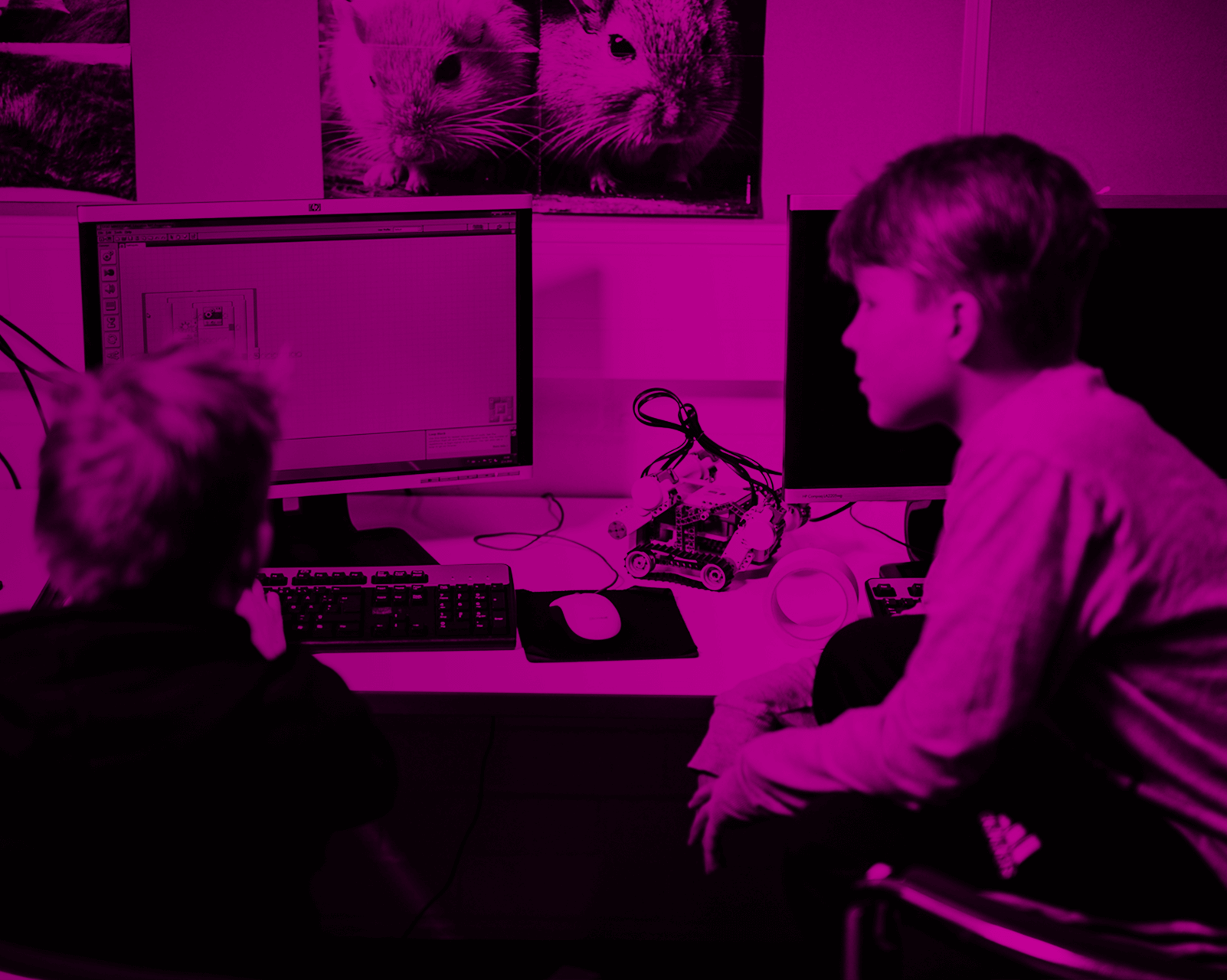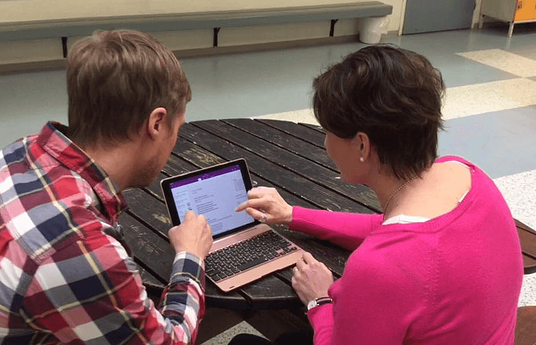The world outside educational institutions is transforming from rigid hierarchies into global networks where the individual has more power and influence. Schools should mirror this change.
When communities shift from strict power structures to a culture of influencing and collaboration, everyone feels like they matter. Furthermore, a collaborative culture is key to learning and development. This new school culture also empowers the work community and may even increase wellbeing among the staff.
By investing in this seemingly slow process of transforming the school culture, you can reap the rewards far into the future. The lack of hierarchies creates an environment where innovations come from collaboration, real dialogue as well as a desire to grow as a person and a team. It also prepares students for tomorrow's labor market.
Changing the school culture involves managing various aspects of everyday school life. These include school values, the implementation of the curriculum, recognizing staff knowhow, the organization of the instruction and reconfiguring the school facilities.
Ritaharju school began to transform their school culture in 2008. The results of this systematic implementation work became visible after about three years. The school has seen the change especially in the interactions between people instead of individuals' thoughts and attitudes. Life throws new situations at you every day and it is important to face the situation at hand and recognize your actions and reactions.
These five steps introduce the aspects behind the transformation at Ritaharju school:
- Framework for leadership
- Values, vision ja strategy
- Team culture
- Managing knowhow
- Facilities and pedagogy
The steps describe each aspect in more detail and explain how they can be managed.



